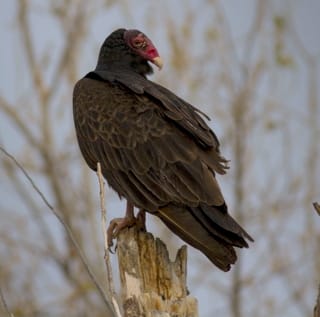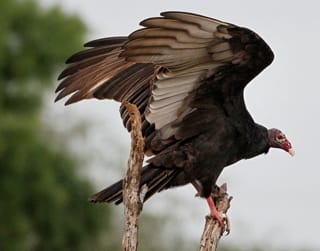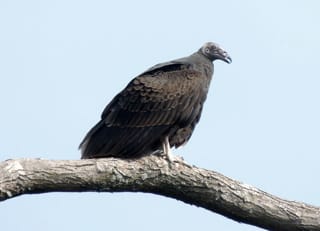Initially this guide displays common birds of all types that are flying right now in our area. Use the selectors below to view rare birds, view birds flying any time, restrict the output to a certain shape of bird, or search by name.
New Mexico is on the western edge of the Central Flyway which is one of the major migration pathways between north and south for birds traveling between breeding and wintering grounds along the Rocky Mountains. This has resulted in the state having an incredible diversity of birds with over 550 different species reported. A little more than half of this number are sighted annually on the Pajarito Plateau. Some of these birds are full-time residents, some migrate here for a few weeks or months, and other are only seen briefly as they pass through the region.
This guide features many of the birds known to frequent Los Alamos county by when they are likely to be seen in the area. You can get additional information on local birds by joining PEEC Birders or going to the eBird website. eBird also includes lists of rare bird sightings and birding hot spots.
Bird References
Birdweb
Cornell Lab of Ornithology
eBird
eNature
Institute for Bird Populations
National Audubon Society
New Mexico Ornithology Society
What Bird
xeno-canto
Subject Area Experts (all guides)
Steve Cary (butterflies)
Beth Cortright (insects)
Terry Foxx (invasive plants)
Leslie Hansen (mammals)
Richard Hansen (fish, mammals)
Dorothy Hoard (butterflies, trees)
Chick Keller (flowers, herbarium)
Shari Kelley (geology)
Kirt Kempter (geology)
Garth Tietjen (reptiles)
David Yeamans (birds)
Web Development and Content Management
Pat Bacha
Jennifer Macke
Graham Mark
Akkana Peck
Contact
Please contact us for local nature questions and sightings. We welcome comments, corrections, and additions to our guides.
For more information about local nature, please visit our Nature Blog or subscribe to PEEC This Week.
Make Selection
 Photo: adult by Mouser Williams  Photo: adult by Hari Viswanathan  Photo: immature by Mike Plagens |  Turkey VultureTUVU (Cathartes aura)Family: Cathartidae (New World Vultures) Size: 25 - 32 in (64 - 81 cm) Flies: Apr 07 - Oct 01 Morphology: adults are large birds with long tails and broad wings tipped with long “fingers”; both sexes are primarily dark brown on top and paler underneath with a featherless red head and pale bill; immatures have a gray naked head Status: native; locally common Food source: mostly carrion, preferring the recently dead; occasionally feeds on decaying vegetable matter or fish in ponds that are drying-up Habitat: open areas such as roadsides, suburbs, farm fields, countryside Typical location: Los Alamos Canyon, White Rock Canyon Turkey Vultures lack vocal chords so they do not make a proper call or song. Rather they make a low, guttural hiss when irritated. They also make a whining sound when in flight. They can soar overhead for hours, searching for carcasses. They have a particularly keen sense of smell so they are able to locate carrion by odor. Like other carrion-eating birds, Turkey Vultures are protected from disease by a very active immune system. Nests are located in sheltered areas such hollow trees or in crevices in cliffs. There is little or no nesting building with eggs laid on the bottom of the nest site. When disturbed young will defend themselves in the nest by hissing and regurgitating. Their first flight is in about 9 to 10 weeks after hatching. Info Photos Distribution Frequency |
